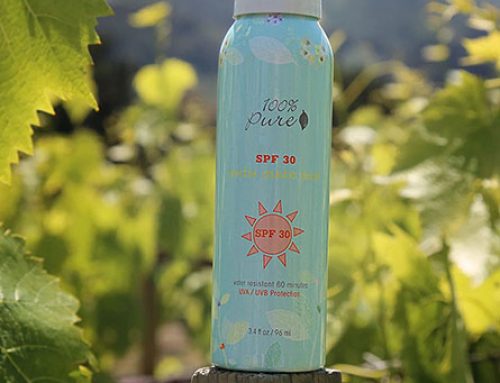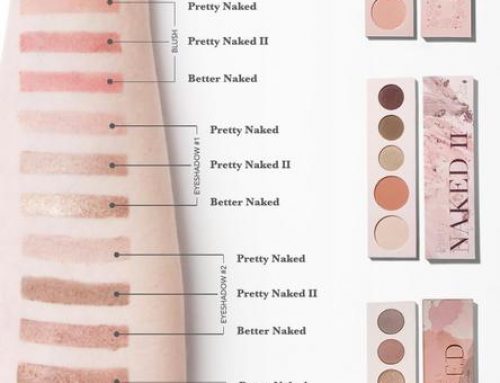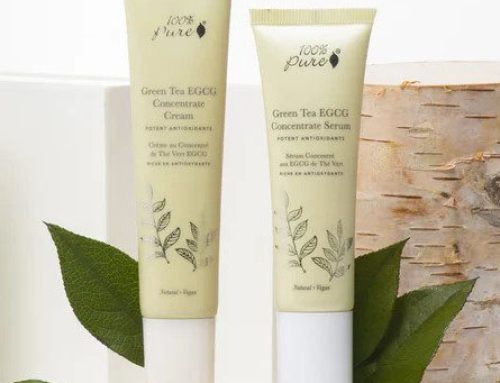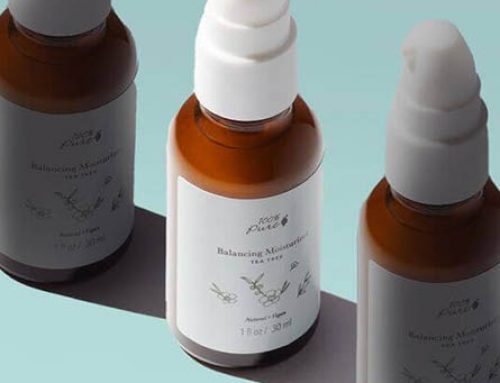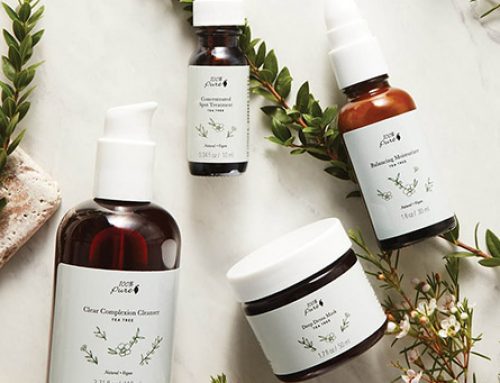The Guise of “Natural” in the Beauty Industry
What it means to be “natural”, how to establish natural standards, and navigating the marketplace for truly natural products

- Smoking can cause lung disease.
- Human activities are contributing to dramatic climate change.
- What you put on your skin is absorbed into your body.
- Any beauty product labeled “natural” is actually natural.
Not to be abstruse, but sometimes the best way to bring to light less obvious realities is to compare them to the obvious ones. For now, let’s focus on the last truth and the obvious lie that any beauty product labeled “natural” is actually so.
As more products become available, as more consumers come forward about their impacts, and as more research is done to inquire about their ingredients, the significance of knowing what is in what we put on our skin every day becomes more apparent. American dermatological research has shown for well over 40 years that it is not only what we put in our body that is absorbed, but also what we put on it. While some unique ingredients in synthetic products may prove to have far-reaching benefits, more and more ingredients in the products we use everyday are coming up as potentially harmful. One set of ingredients that continues to be healthy are those that are “natural.” However, this too should be scrutinized.
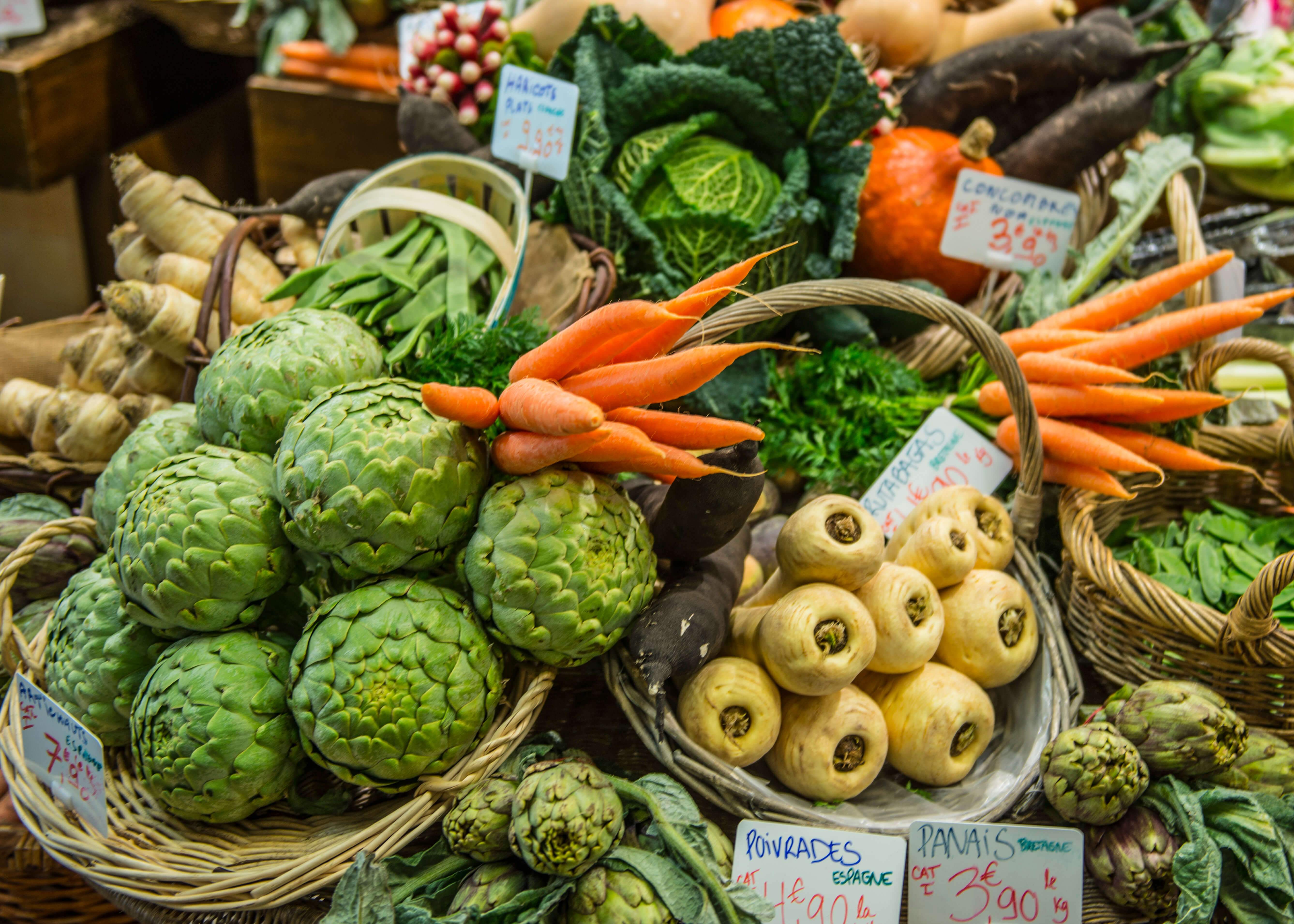
When shopping at a grocery store for food, it is easy to see the fresh produce is predominantly natural. Other products in the store may be labeled as “natural”, but it is much more obvious that fresh blueberries, apples, and oranges actually are natural. When shopping for beauty products it is a bit more difficult. There is no shortage of accessibility when it comes to beauty products; whether shopping at that same grocery store, a retailer, or a department store, the beauty aisles are packed with a plethora of brands promising a range of benefits. As a beauty customer, it is crucial to be a cautious and curious shopper, especially when buying “natural” beauty.
Other companies position brands as “natural” even when some of the ingredients listed in the products aren’t extracted from natural sources, causing customers to be deceived (ex: Methyl Trimethicone, Butylene Glycol, Isoamyl Laurate, and Dimethicone). This stems from the fact the FDA does not have the authority to approve beauty products before they hit the stores and get into your hands. Beauty products are only regulated to ensure proper labeling and safety when used as directed. However, the ingredients are not strictly regulated, which allows companies to use numerous toxins and synthetic ingredients that can have harmful effects on the body and environment, even while marketing the product as “natural.”
The FDA also refuses to set a government standard or definition for natural beauty products. Due to this lack of external governance and restrictions on beauty products, and the resulting freedom to the use the word “natural”, many brands try to take advantage of customers who aim for a healthier lifestyle (and try to avoid synthetic products) by deceitfully marketing a product as “natural” while it clearly contains unnatural ingredients. Customers need to be aware of the lack of regulations and practice caution when purchasing beauty products. The most straightforward guidance is to always read the ingredients label of a product. Below I list other recommendations for identifying sound natural products below.
Since the FDA has not defined “natural”, it is imperative companies take the bold steps of adopting a standard. 100% Pure has admirably done this through the “Natural Definition Process” or NDP. It was created to ensure a common standard across all ingredients is in place, with the bigger hope it can be used to educate customers on natural ingredients and set the standard for the beauty industry. As a customer it can be difficult to tell which ingredients are natural and which are synthetic. Since companies are not required to identify synthetic ingredients, the Natural Definition Process is vital when it comes to helping you make more informed purchases.
100% Pure’s Natural Definition Process was adapted from the USDA Decision Tree for Classification of Materials as Synthetic or Non-Synthetic, and explains how 100% Pure defines natural ingredients and what constitutes a synthetic ingredient.
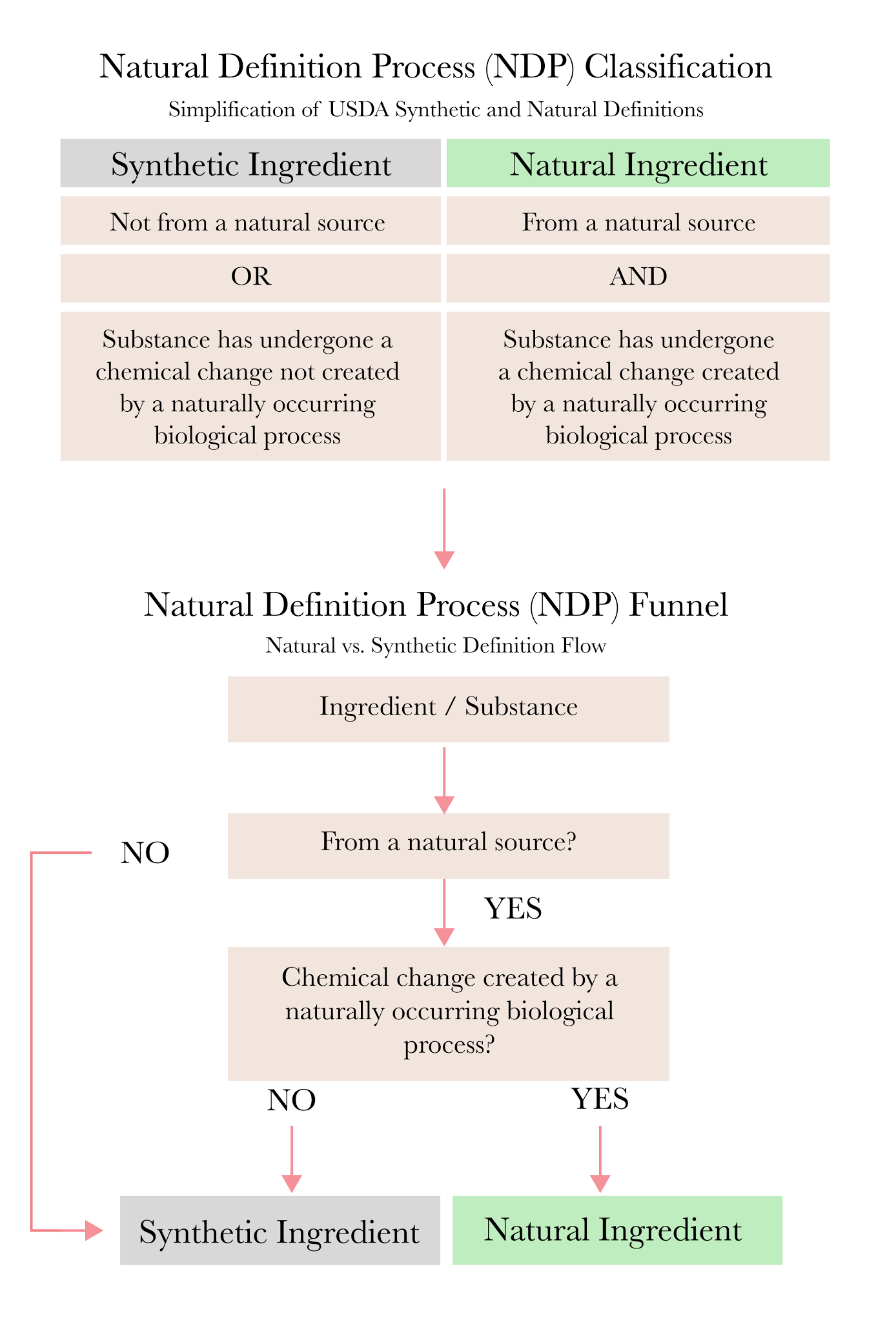

100% Pure is very serious about claiming itself as a natural brand, and the NDP is one way it holds itself accountable. However, you as a customer have a handful of tools readily available to further scrutinize brands claiming to be “natural.” Here are some tips for identifying truly natural brands:
1 ) Align with brands that have a proven track record. 100% Pure, for example, emphasizes its goal of educating customers on the importance of natural ingredients and the harmful effects synthetic ingredients can have on the body and environment. The 100% Pure Blog is an excellent resource for customers to stay up to date on the best ingredients to look for when purchasing beauty products.
2 ) Spot credible certifications. For example, if a product has a USDA organic logo or seal, it means at least 95% of the ingredients must be organic. If it is organic, is has to come from a natural source. Plantioxidants is a great example of a natural brand that relies on the rigorous standards of the USDA and its hard-earned logo.
3 ) Rely on 3rd party verifiers. The Environmental Working Group (EWG) is a prime example of an organization that helps identify the true nature of ingredients in products, and it is one 100% Pure has worked with in the past.
4 ) Read the labels yourself. Sometimes you as a customer may need to flip the package around and ask yourself, “what’s actually in this?”. A spectacular example of a brand answering this clearly and honestly is Puristry, which lists both the scientific and common names in the ingredients to help provide transparency.
5) Lastly, ask ask ask. As a customer you have the right to directly ask companies about the products you buy from them. 100% Pure customers know this is true, and I strongly encourage you to have the same demand for other companies you buy from, not only in beauty but beyond.

